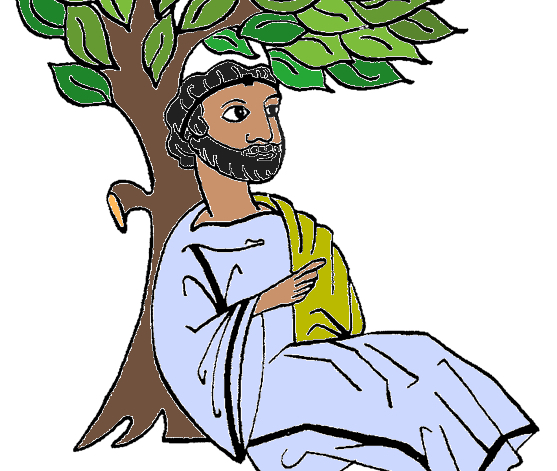How to cite this article: David N. Bivin, “Was Jesus a Rabbi?” Jerusalem Perspective 9 (1988): 1-2 [https://www.jerusalemperspective.com/2182/].
Revised: 15 June 2023
| Rather listen instead? |
| JP members can click the link below for an audio version of this essay.[*]
Paid Content
Premium Members and Friends of JP must be signed in to view this content. If you are not a Premium Member or Friend, please consider registering. Prices start at $5/month if paid annually, with other options for monthly and quarterly and more: Sign Up For Premium  |
To understand the full significance of Jesus being addressed “teacher,” one must know what a Jewish teacher of the first century was and how he functioned in society.
Origin of “Rabbi”
The term “rabbi” is derived from the Hebrew word רַב (rav), which in biblical Hebrew meant “much,” “many,” “numerous” and “great.” The word also was sometimes used to refer to high government officials or army officers (see, for example, Jer. 39:3, 13).
In Jesus’ day, רַב (rav) was used to refer to the master of a slave or of a disciple. Thus, רַבִּי (ra⋅BĪ) literally meant “my master” (a form of address like “sir” in English), and was a term of respect used by slaves in addressing their owners and by disciples in addressing their teachers.
Premium Members and Friends of JP must be signed in to view this content.
If you are not a Premium Member or Friend, please consider registering. Prices start at $5/month if paid annually, with other options for monthly and quarterly and more: Sign Up For Premium

- [1] See Emil Schürer, The History of the Jewish People in the Age of Jesus Christ [175 B.C.-A.D. 135] (ed. Geza Vermes, Fergus Millar and Matthew Black; Edinburgh: T&T Clark, 1979), 2:325-26. ↩
- [2] For 456 of the earliest rabbinic parables, see R. Steven Notley and Ze’ev Safrai, Parables of the Sages: Jewish Wisdom from Jesus to Rav Ashi (Jerusalem: Carta, 2011). ↩



